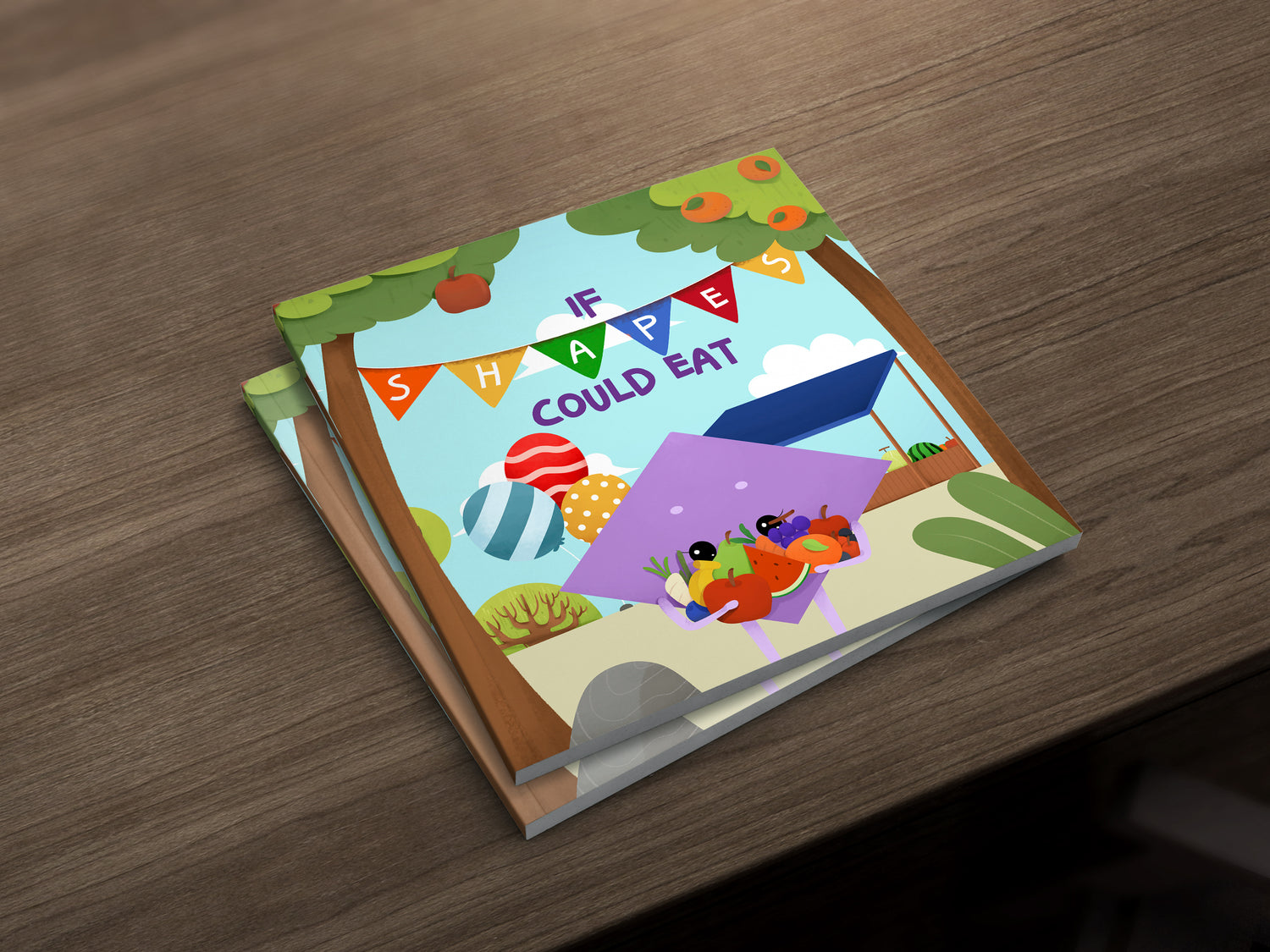How to Make Story Time Exciting: Incorporating Movement, Stretching, and Educational Fun for Kids
When it comes to creating an engaging story time for children, setting the stage is just as important as the story itself. One creative way to prepare kids for story time is by incorporating movement and stretching. These activities help children release excess energy, focus, and get excited for the story to come. In this blog, we’ll share some fun and simple exercises, educational games, and a fantastic book to introduce your child to the magic of story time!
Stretching Exercises to Start Your Story Time
Physical activity plays a key role in helping children focus, and it’s a fun way to prepare for reading time! Here are a few easy and playful stretches to do with your little ones:
Reaching for the Sky
Start by raising your arms high toward the sky and stretch as far as you can. Imagine you’re trying to touch the clouds! This movement helps elongate the spine and stretches the muscles in the arms and shoulders. It's the perfect way to wake up the body and prepare for listening.
Touching Your Toes
After reaching up, slowly bend down and try to touch your toes. This stretch works on the back muscles and hamstrings, and it’s a great way to improve flexibility. Have fun by encouraging the children to tap their toes a few times while bent over!
Rolling Ankles and Wiggling Toes
Now stretch one leg and roll your ankle in circles. This helps loosen up the joints. While doing this, encourage the children to balance on one leg, which will also help with coordination. Don’t forget to wiggle your toes for extra fun!
Warming Up the Knees and Lower Body
Criss-Cross Arms
Place your hands on your knees and cross your arms over your chest. The criss-cross motion helps stretch the muscles around the knees. It’s a fun, dance-like movement that children can do while following the rhythm.
Lunges
Step forward into a lunge and bend your knee, making sure it doesn’t extend past your toes. Lunges are great for strengthening the legs and opening up the hips. Repeat with the other leg to balance out the movement!
Squats and Self-Hugs
Now it’s time for squats! Squats help engage the core and lower body. Stand tall, then squat down and back up, making sure not to sit. Finish with a comforting self-hug—this is a gentle reminder to always love and appreciate oneself.
Fun Riddles to Start the Story Time Fun
Before diving into the book, adding a fun riddle or guessing game can spark curiosity and engage the kids' minds. Here’s a riddle to try that ties into the theme of emotions:
Guess the Emotion: Anger!
Ask the kids to solve this riddle:
- It may not make you feel very great.
- It often causes people to get mad.
- When experiencing it, slowing down and breathing is helpful.
The answer? "Anger!" This activity gets kids thinking about how they feel and prepares them for the story's theme of managing emotions.
Learning to Handle Emotions
It’s not just about identifying the emotion; it’s also about learning how to manage it. Teach kids simple strategies like counting to ten, taking deep breaths, or finding a quiet spot to calm down. These tools are essential for emotional regulation and make great life skills!
Introducing American Sign Language (ASL)
To make the activity even more engaging, introduce how to say "anger" in American Sign Language (ASL). This addition is both educational and inclusive, helping children expand their communication skills and understanding of emotions.
Reading Time: "The Angriest Monster on Mill Street"
Now that we've stretched, played some guessing games, and learned about emotions, it's time for the exciting part—story time! The chosen book for today is “The Angriest Monster on Mill Street” by Sarah Sparks. This delightful story about Albie, a small monster with a big temper, will capture your children's attention and spark important conversations about managing anger.
Summary of the Story
Meet Albie
Albie is a tiny monster with a huge temper. When things don't go his way, his anger grows bigger and bigger. Soon, his rage causes chaos, and he turns into a massive creature causing earthquakes, floods, and shouting uncontrollably!
The Consequences of Anger
As Albie's anger escalates, he realizes that his outbursts are making things worse. This moment of self-awareness sets the stage for the lesson of the story—learning to calm down and think before acting.
Finding Calm
To shrink back to his original size, Albie learns to focus on the present and pay attention to the small things around him, like the smell of flowers or the sound of the wind. This mindfulness helps him manage his emotions and return to a calm state.
Making Amends
Once his anger subsides, Albie realizes the mess he’s created. He learns to apologize, clean up his mess, and seek help from friends when feeling upset. It’s an essential lesson in empathy and responsibility.
Life Lessons from the Story
Mindfulness for Kids
The story teaches kids the importance of mindfulness—being present and aware of their surroundings. This practice can help them calm down and control their emotions, especially during times of stress or frustration.
The Power of Apologizing
Albie’s story highlights the importance of apologizing when we make mistakes. It shows children that it’s okay to get angry but important to take responsibility for their actions and make things right.
Seeking Support from Friends
Finally, Albie learns that it’s okay to ask for help when dealing with tough emotions. Building strong friendships and learning how to talk about feelings are vital skills that promote emotional well-being.
Engaging Kids After Story Time
Reflecting on the Story
After reading, take a few minutes to talk with the children. Ask questions like:
- What did you learn from Albie's story?
- How did Albie calm himself down?
- Have you ever felt so angry you didn’t know what to do?
These reflective questions help children think critically about the story and make personal connections to the themes.

Support the author by purchasing your own copy here.
Become a Co-Creator in the Learning Process
Engage kids by encouraging them to take part in future story times or activities. This sense of involvement sparks creativity and makes learning fun!
Concluding the Session
End the session with a positive note, thanking the children for their participation. Invite them to the next story time to keep their interest alive and create a sense of community.
Conclusion: Story Time with a Twist
Incorporating movement, stretching, educational riddles, and thoughtful storytelling into story time is an exciting way to engage children. By blending physical activity with brain-teasing fun and meaningful lessons, you're creating an enriching experience that helps children develop emotional intelligence, mindfulness, and social skills. So, the next time you’re getting ready for story time, remember—it's not just about the book; it's about creating an experience that is fun, interactive, and educational!


